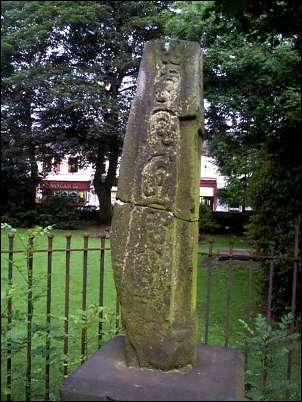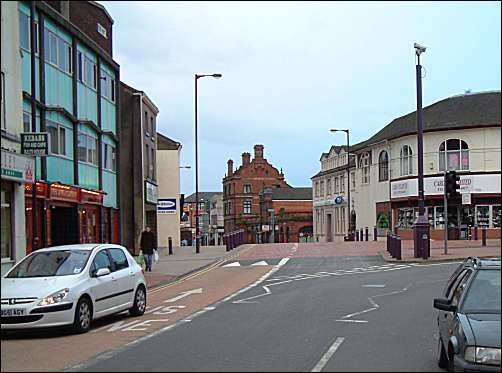|
Two things
dominated Stoke:
Two things dominated and shaped the town of Stoke - one is still
easily visible, the other is now long gone but the evidence is still
there if we look around.....
1) Stoke Church
Stoke and the medieval
period (pre-Norman (1066))
No detailed records of the first
Christian preachers or worship remain for us now, but we do know
that early building(s) were replaced by a stone church around 805
AD. This stone building was altered and enlarged many times, but
stood for over one thousand years until 1826, when it was demolished
to make way for the present Church of St. Peter Ad Vincula ("St.
Peter in Chains").
Walking around
St. Peter's church yard in Stoke today, one can still see the site
of the altar of the ancient church close to a re-constructed
archway. Of particular interest is a Saxon Cross dating from
around 800 AD, on which the earliest examples of the
"Staffordshire Knot" are clearly visible. A Saxon font is still
used for the christenings which take place at the church.

Fragment of a
pre-Norman Cross in the grounds
of Stoke Minster Church - St. Peter Ad Vincula
2) The Minton family of
potters
Minton, Spode, Wolfe, Adams were all
significant Stoke pottery families.
Although today Spode are the only
significant works still operating in the town it was the Minton
family who dominated the town.
Much as the Baker family shaped Fenton
so the Minton family shaped Stoke and the evidence of their
influence is still to be found..........

Campbell Square in
Church Street, Stoke
(London Road goes off to the right)
Campbell square was
named after Colin Minton Campbell. The rise in the road
can be clearly seen - because a canal tunnel used to run under here
- the Spode, Wolfe and Minton pottery works were served by this
canal.
The light
blue building on the left is the Wheatsheaf public house (an old
coaching inn).
|
![]()
![]()
![]()
![]()
![]()
![]()